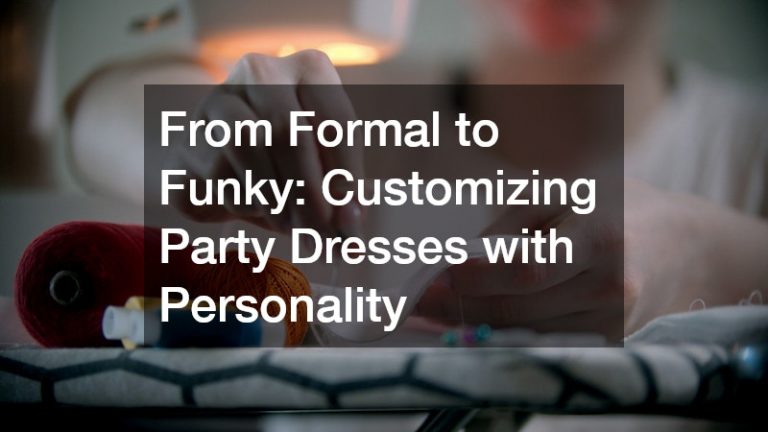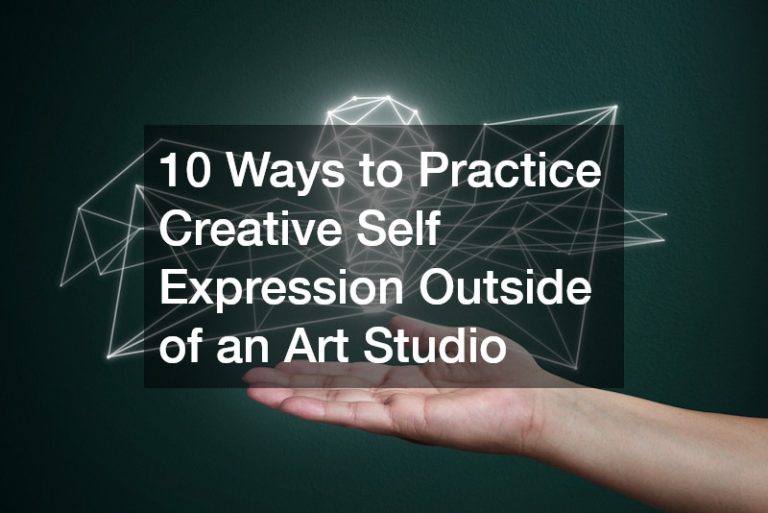Marketing online and offline is not the same. If you want to build an awesome company with loyal customers on the Internet, your design team has got to be on point.
This is where user experience design comes in. It is an essential component in digital branding services, creating more meaningful relationships to keep users engaged.
What Is User Experience Design?
User experience design (UXD or UED) is a multidisciplinary design practice that blends technical expertise with creativity to ensure a positive end-user experience and engagement.
The goal of UXD is not only to create sleek and stylish products but also to make functionality intuitive enough for users to easily navigate their apps with minimal assistance from support staff.
When someone uses the app or the website, the user should experience the following:
- Easy usability or interface
- Convenience
- Customer satisfaction
- Great interaction between the product and them
All these will then encourage loyalty and increased brand awareness.
How Does It Differ from Other Design Practices?
While graphic design, front-end development, and user research are all critical components in delivering a successful product, they still have some notable differences with UXD.
Unlike graphic design or front-end development, which focuses on how it looks, UXD is primarily concerned with how it works. Although the visual appeal is still important for an end-user experience that will provide value to your business, it should follow behind functionality when determining priorities.
Additionally, while user research can play a big role in determining what type of product should be built (and thus what features need to be included), UXD demands empathy toward users’ needs during the building process (through prototypes and other research) instead of just during the refinement or launch phase.
Principles of UXD
UXD, like many other design practices, follows a few core principles to ensure the best-designed product possible. In general, these include:
• Deliver what users want and create something that has long-term value for them as opposed to just being trendy or as cool as the next app up.
• Create a simple and intuitive product to lessen barriers to entry for first-time users through helpful instructions and clear navigation paths without overusing tutorials or manual guidance.
• Design a system with consistency in layout throughout. This way, it can be easily navigated by first-time users and encourage the discovery of new features through familiarity with previously implemented ones. Explore by touch, after all, takes more effort than explore by eye when sight is not a user’s primary sense.
• Build visually appealing products without being distracting from their overall purpose because UX design can be used to make things look good and manage a user’s attention and focus on what matters most. It prevents them from becoming overwhelmed by unnecessary graphics or features that could detract them from the app’s core value.
• Allow users to personalize their experience through preference settings and customization options. In turn, they feel empowered by the product rather than frustrated with it after spending time setting it up for themselves (even if customization adds some tedium to using it).
• Take advantage of both verbal and non-verbal communication. People use both types of feedback provided by a product to build a picture of its personality and how it relates to them as a user, which affects their perception of the brand.
Attributes of UXD Masters
Ideally, having experience in front-end or back-end development is a plus when it comes to UX design. But understanding the principles noted above can help a business get a foot in the door even if they have no prior experience.
In general, those who specialize in UXD exhibit the following characteristics:
• Provide an empathetic ear for potential users while they explain what has and hasn’t worked well for them in other products so their needs can inform your product’s strategy
• Conduct regular user testing to collect feedback on prototypes that highlight various features of your product to determine which ones should be included and how they will function before launching
• Consider all factors involved in a user’s experience as their product is being designed, including the technical specifications of its hardware and software components as well as how it will be distributed or accessed
• Build wireframes to show an overall structure for your product that includes where each feature goes and what kind of information it should display without worrying about design elements, colors, fonts, etc.
• Determine which tools are right for a project based on factors like compatibility with existing technology and choosing the simplest solution for any given problem rather than trying to find a one-size-fits-all approach.
UXD steers applications and even websites away from the common belief that they need to be eye candy to sell. More than anything, they are both functional and pleasurable to use.



